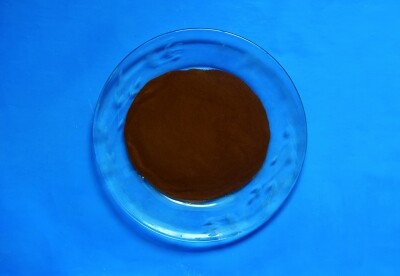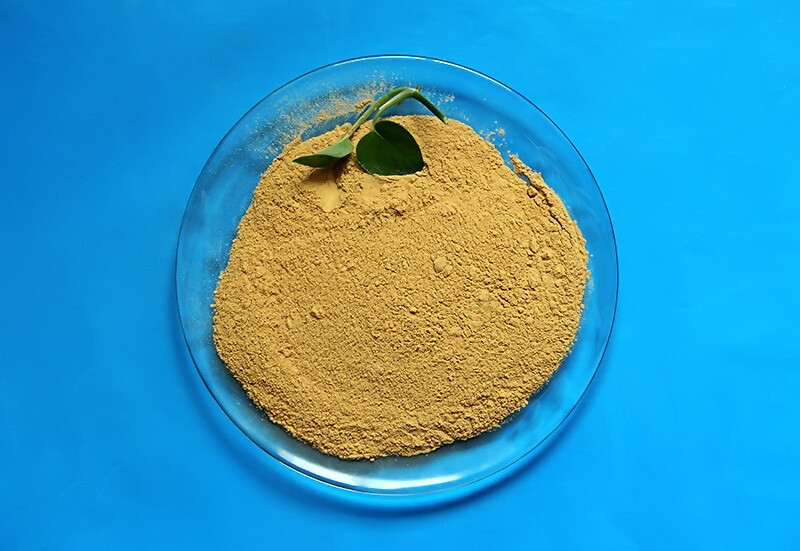PRODUCTS
Product classification
Sodium Lignosulphonate
Sodium Lignosulphonate
Sodium Lignosulphonate (lignosulfonate) is mainly used as a water - reducing additive in concrete mixtures. It features a low dosage requirement, low air - entraining content, and a high water - reducing rate. It is adaptable to most types of cement. Moreover, it can be formulated into various concrete additives such as early - age strength enhancers, retarders, antifreezes, and pumping aids. The liquid additive made from it has nearly no precipitate.
Product Description
Sodium lignin sulfonate: Characteristics, Applications and Advantages
Sodium Lignosulphonate (Sodium Lignosulphonate), the chemical formula is, CAS No. 8061 - 51 - 6, is an important lignin sulfonate compound with sodium cations derived from lignin, a natural polymer in the cell wall of plant.
1. Physical and chemical properties
- Appearance : Usually it appears as brown to dark brown powder or granules. Due to the differences in production technology and product grade, there are also light brown powder products, some of which also have a rosin flavor.
- Solubility : Highly soluble in water, it can form a uniformly dispersed solution in which sodium ions and lignin sulfonate molecules are evenly distributed.
- Stability : Resistant to acids, alkalis, salts and hard water, has good heat resistance and stability, and generally has stable performance in an environment of 140-160 degrees.
2. Main specifications
III. Application areas
- Concrete admixture : As a cement water reducer, it can disperse cement particles, release the wrapped moisture, reduce the amount of water used for stirring, and save cement. At the same time, it can improve the workingability, fluidity and strength of concrete mixture, and maintain the flow properties of concrete at low water-cement ratio.
- Ceramics industry : acts as a dispersant and binder in the preparation of ceramic slurry, improves the fluidity and stability of the slurry, reduces moisture content, reduces fuel consumption during the water content of the spray tower granulation and drying slurry, and improves production efficiency; it can also be used as a Ceramic body reinforcement enhances body strength and improves ceramic mechanical properties and thermal stability; it is also used for recycling and reuse of ceramic waste to prepare ceramic composite materials.
- Oil drilling : Added to oil drilling mud formula to reduce mud viscosity and shear force, control drilling mud flow, keep inorganic mud and inorganic salt impurities suspended, prevent mud flocculation, and have prominent anti-salt, calcium and High temperature resistance.
- Animal feed : used as a binder for animal feed pellets, improve the quality of the pellet, prevent dust from being produced, enhance feed durability, facilitate livestock and poultry to intake nutrition, stabilize the intestinal flora of animals, improve feed utilization, and help cattle, Pigs and poultry increase by 5% - 15% weight.
- Agricultural field : It can be used as a soil improver to improve soil structure, enhance water and fertilizer retention ability, and improve nutrient effectiveness; as a plant growth promoter to promote plant growth; it can also be used as a dust inhibitor to reduce dust particles in the air.
- Dispersant application : used as dispersant in coatings, pigments, dyes, carbon black and other industries, so that solid particles, pigments, clays or fillers are evenly dispersed in the liquid system to prevent agglomeration and precipitation, such as for dispersing dyes, reducing dyes, Reactive dyes, acid dyes and leather dyes have excellent grinding, solubilization and dispersion. In addition, it is also used in textile printing and dyeing, wettable pesticides, papermaking, electroplating additives, latex, rubber, water-soluble coatings and other fields.
4. Environmental protection characteristics
Sodium lignin sulfonate is mainly extracted from wood pulp, is regenerated from source, is biodegradable, has low toxicity, is environmentally friendly, and conforms to the concept of sustainable development. At a time when paying attention to environmental protection, its application advantages are becoming increasingly obvious. Whether from the perspective of the practicality of industrial production or the sustainability of environmental protection, sodium lignin sulfonate has shown great value and potential and plays an indispensable role in many industries.
Get a Free Quote
Related Products
Get in Touch
*We respect your confidentiality and all information are protected.


